NeedlePaint would like to introduce, an experienced and knowledgable stitcher who joined our family last summer! She helps us out in so many ways: coordinating new projects, patiently answering all of your questions, and still has time in her day to stitch and create some amazing needlepoint projects.
W e l c o m e C a r o l i n e !
By Caroline Dicken
My mom taught me to needlepoint when I was about 8 years old. She has been stitching since she was a young adult. My paternal grandfather also learned to needlepoint so he had something to do while his wife, my grandmother, was convalescing during her chronic terminal illness in the 1950s. Needless to say, there was a lot of needlepoint in our house growing up! I didn’t really appreciate it until my grandfather passed away—now we have all these handmade pieces to remember him by.
My first canvas was a butterfly… and then I am pretty sure I didn’t stitch again until high school! I was an art major in undergrad but as an adult who is not a professional artist, I have found that needlepoint is just the creative outlet I need to scratch that artistic itch.
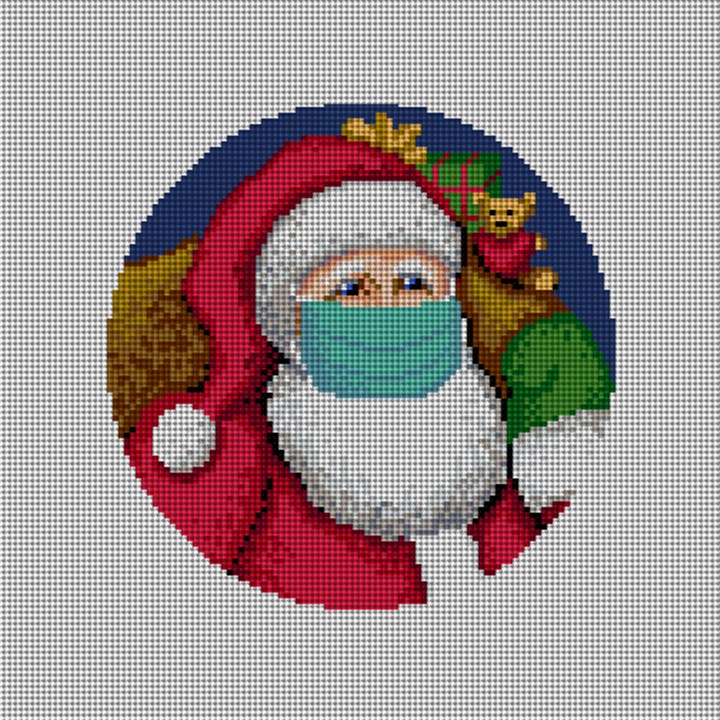
Santa’s X Mask Needlepoint Ornament Canvas
I love making ornaments to commemorate major life events, and what was more major than the crazy year we just had? I love the idea of the masked Santa as a nod to the weirdness that was 2020.
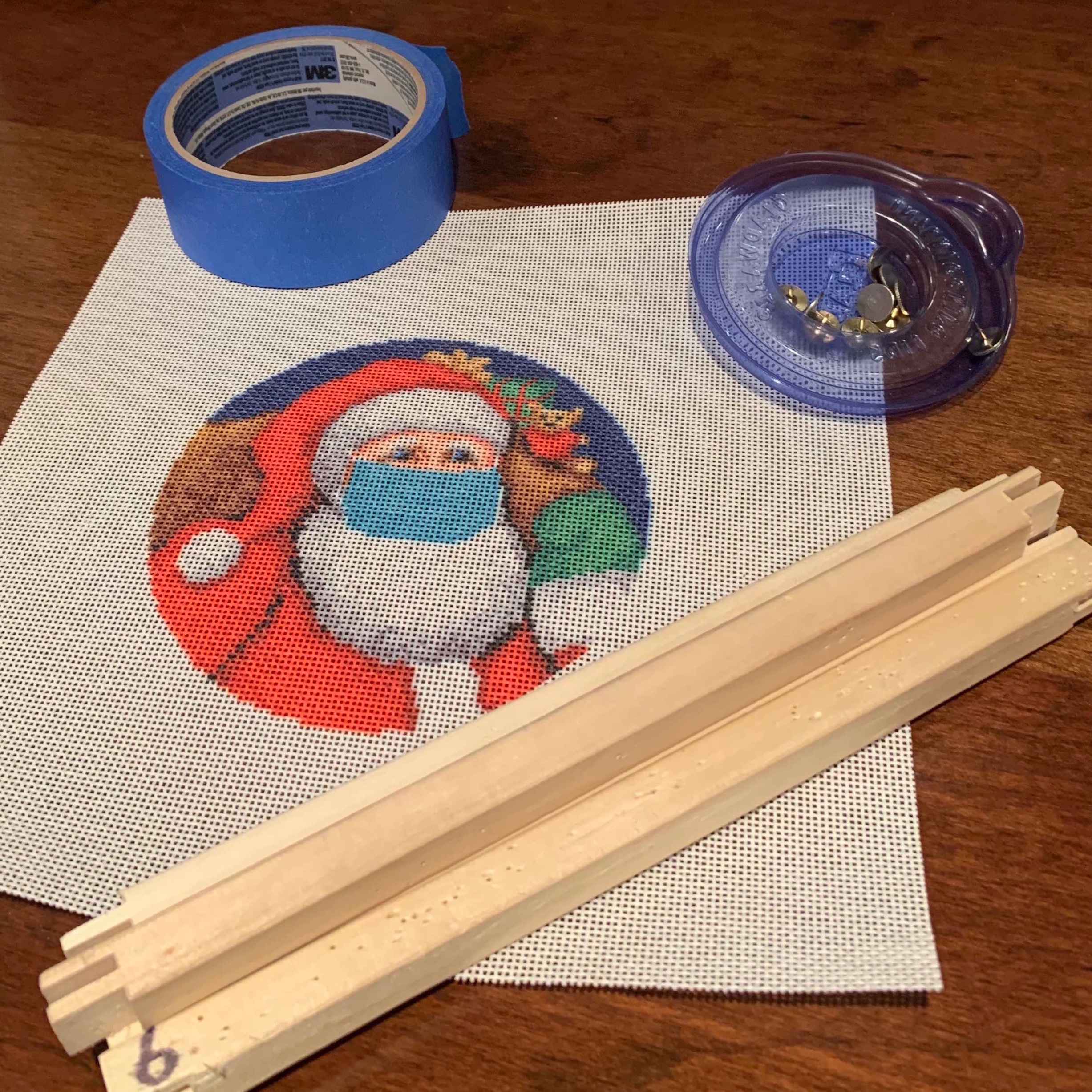
Ornaments are the perfect projects to play with stitches and fibers. Since they are not really touched and used like a pillow or a belt, the stitches can be longer and don’t need to be quite as durable. Plus, if you end up trying a stitch that you don’t love, it is not a huge area to stitch (or rip out)!
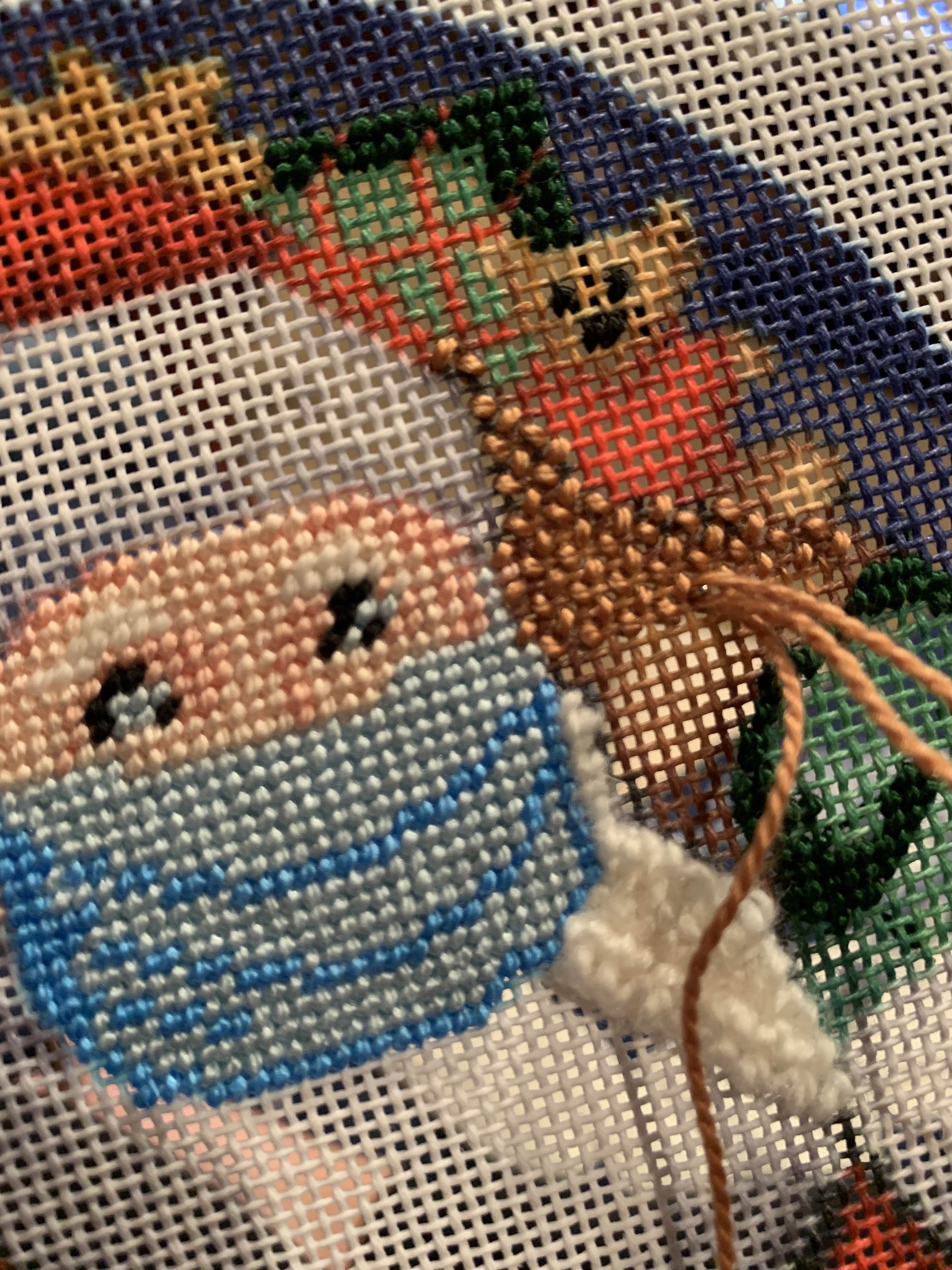
One of my favorite parts of this design was the shading that our designer Gwynn, included on Santa’s bag, as well as the numerous opportunities to incorporate fun fibers and stitches. On an area with great shading in the printed canvas, I love using an open stitch that allows that to show through. Alternating skip tent is one of my favorite open stitches that also gives a section of canvas texture.
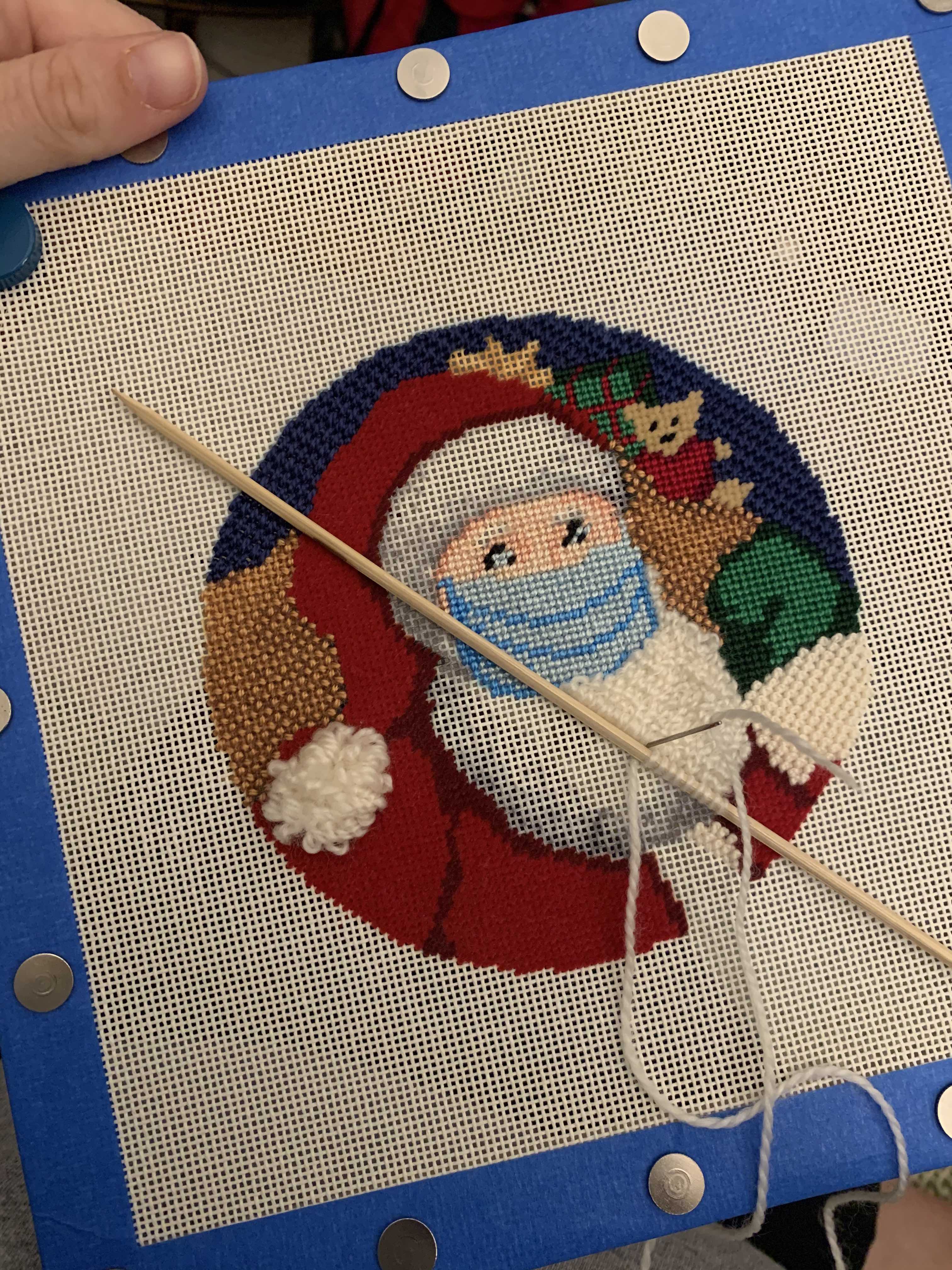
For Santa’s beard, I wanted to give the field dimension but in a more controlled stitch than the turkey work on the hat’s pompom. By alternating every row with a stitch over a small bamboo skewer, I was able to achieve a fluffy beard worthy of the big guy.
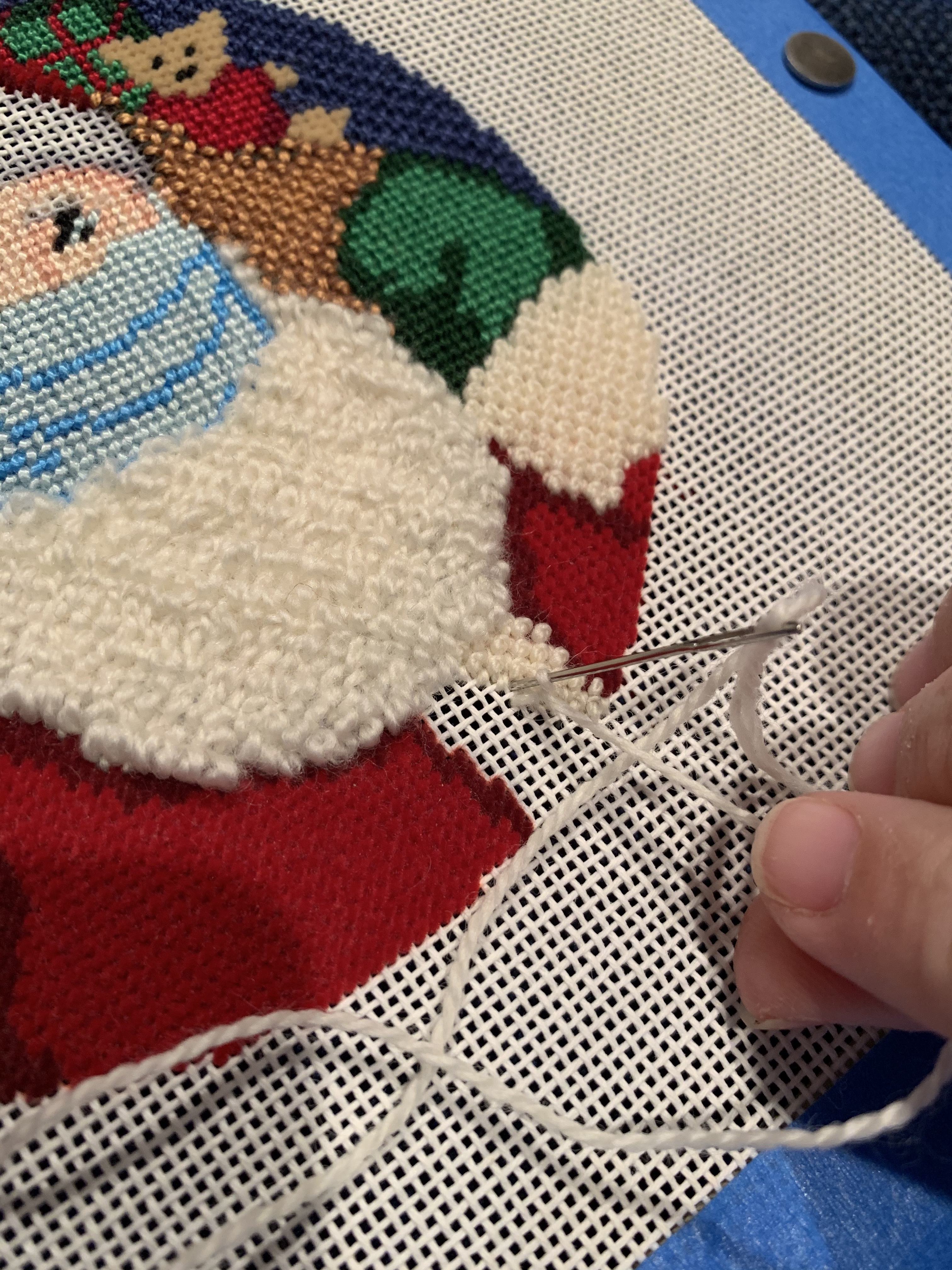
When doing decorative stitches (especially anything involving French knots), I always stitch on a frame. I have tried several different kinds, but my favorites are the mini stretcher bars (see first photo) from FA Edmunds https://faedmunds.com/needlepoint/.
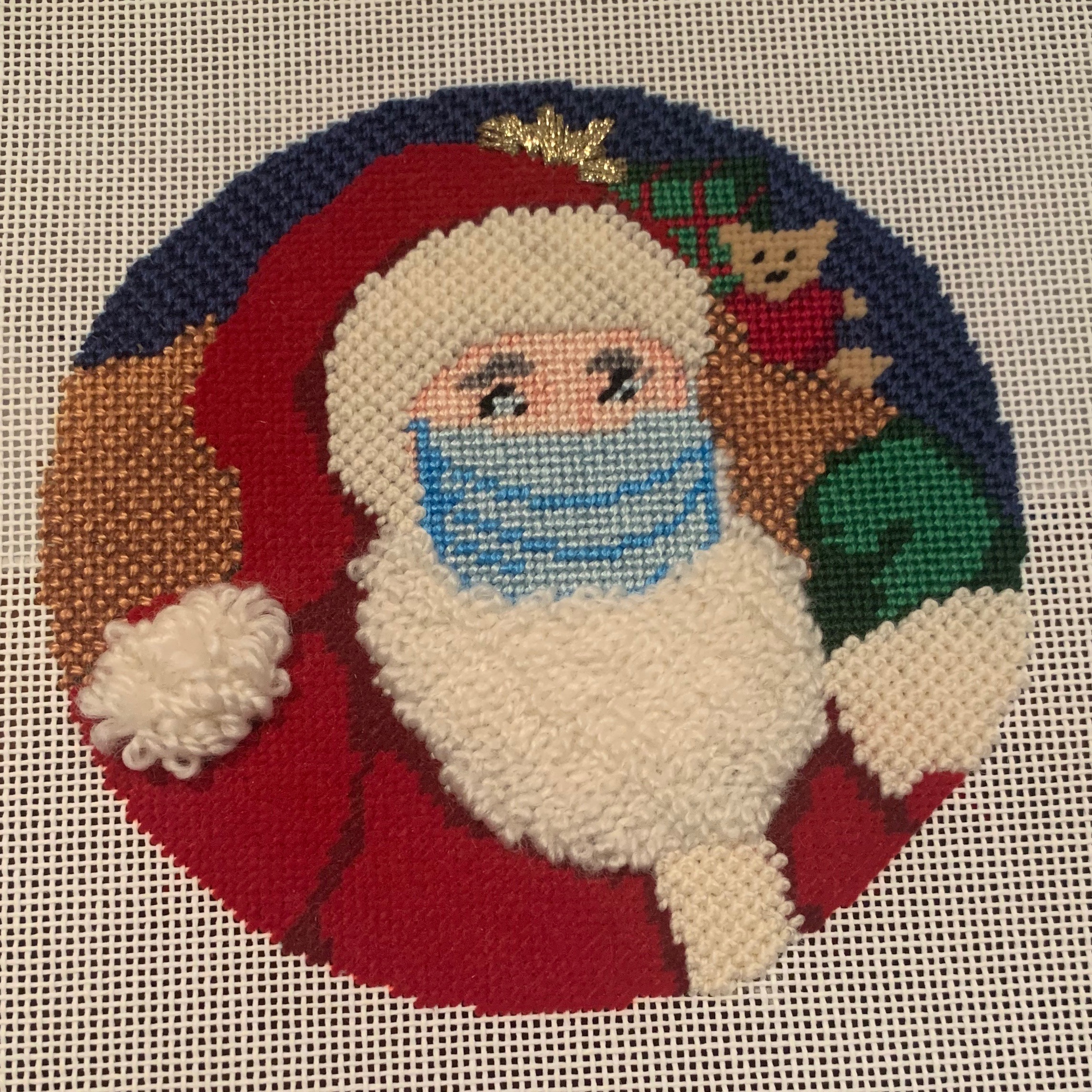
All finished stitching!
Stitches and fibers I used on this ornament canvas:
Background: Diagonal mosaic stitch in DMC Perle Cotton #5
Santa’s Bag: Alternating skip tent stitch in DMC Perle Cotton #5
Santa’s Glove, Face and Mask: Basketweave in DMC Perle Cotton #5
Presents: Basketweave in DMC Perle Cotton #5 and RG Petite Very Velvet
Bow on Present: Long stitch in Kreinik Gold Braid
Santa’s Suit: Basketweave in Petite Very Velvet
Santa’s Beard: Basketweave alternating stick in Planet Earth Wool
Santa’s Fur Trim: Alternating French knots and basketweave in Vineyard Merino Wool
Pompom: Turkey work (unclipped) in Planet Earth Wool
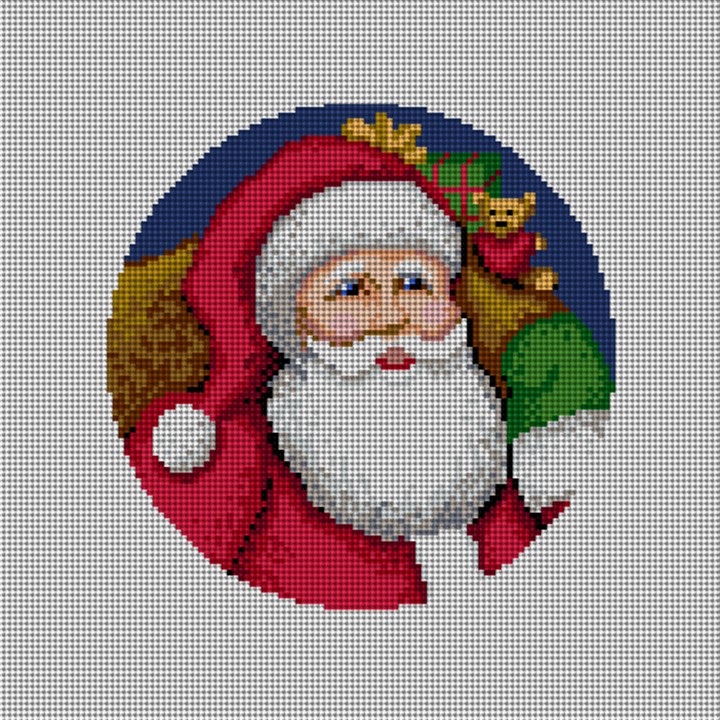
Fingers crossed, Santa won’t need a mask next Christmas!
St. Nick’s Delivery Needlepoint Ornament Canvas
We’ll be checking in occasionally with Caroline to see what she’s been working on. If you have any questions: on this canvas, about our ornament finishing service, or any project that you may be working on, don’t hesitate to send her an email: info@needlepaint.com.
H a p p y S t i t c h i n g !
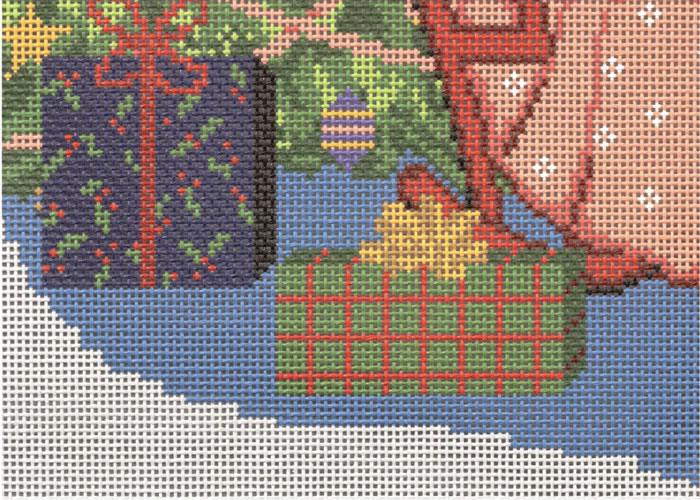
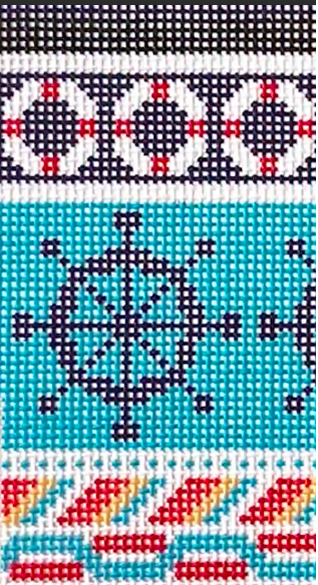
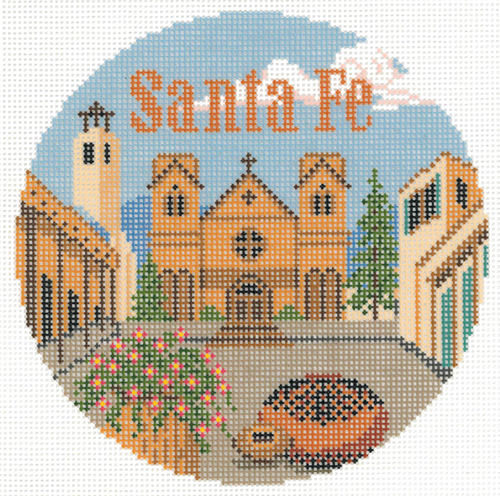
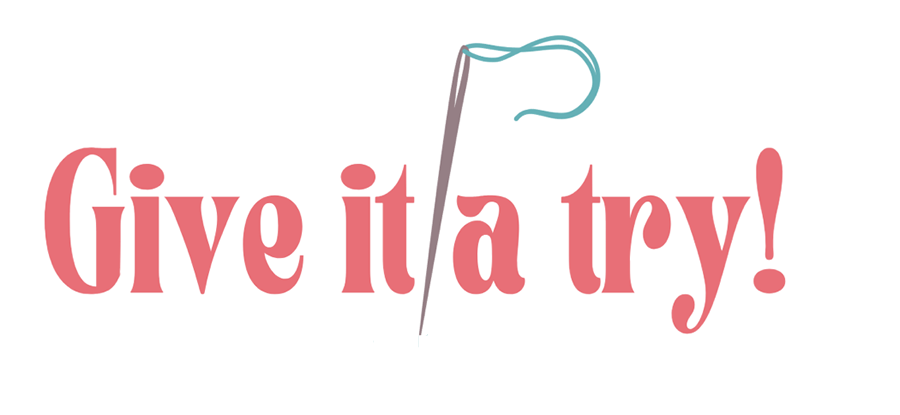
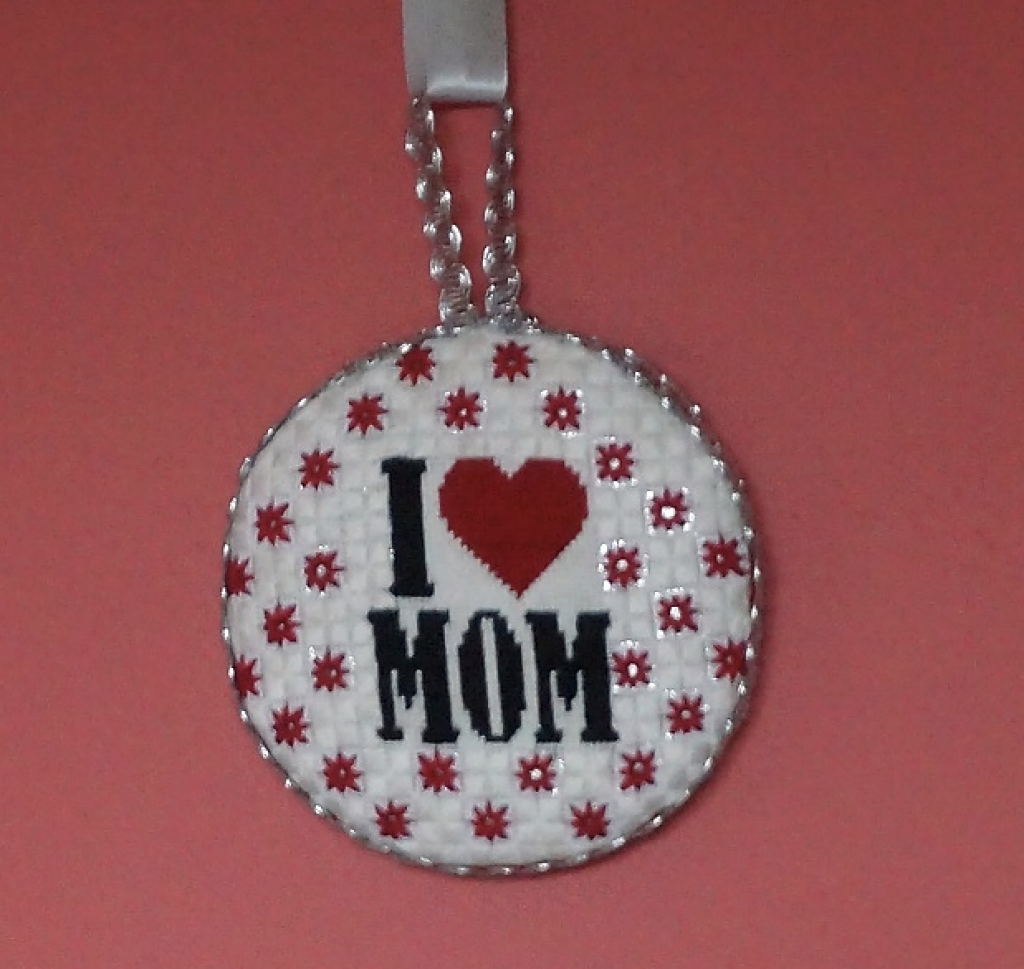
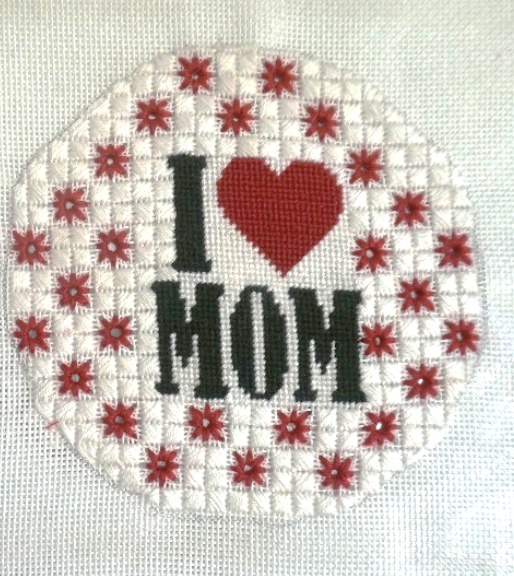
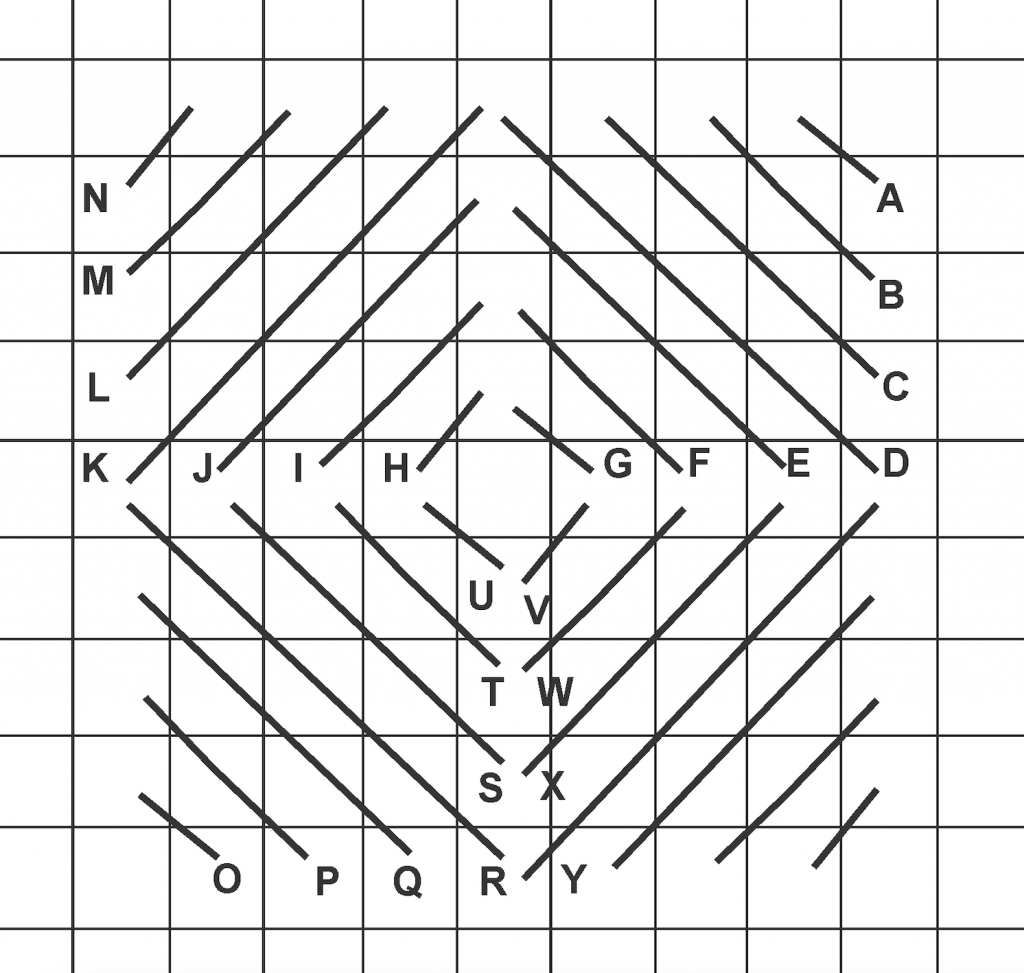
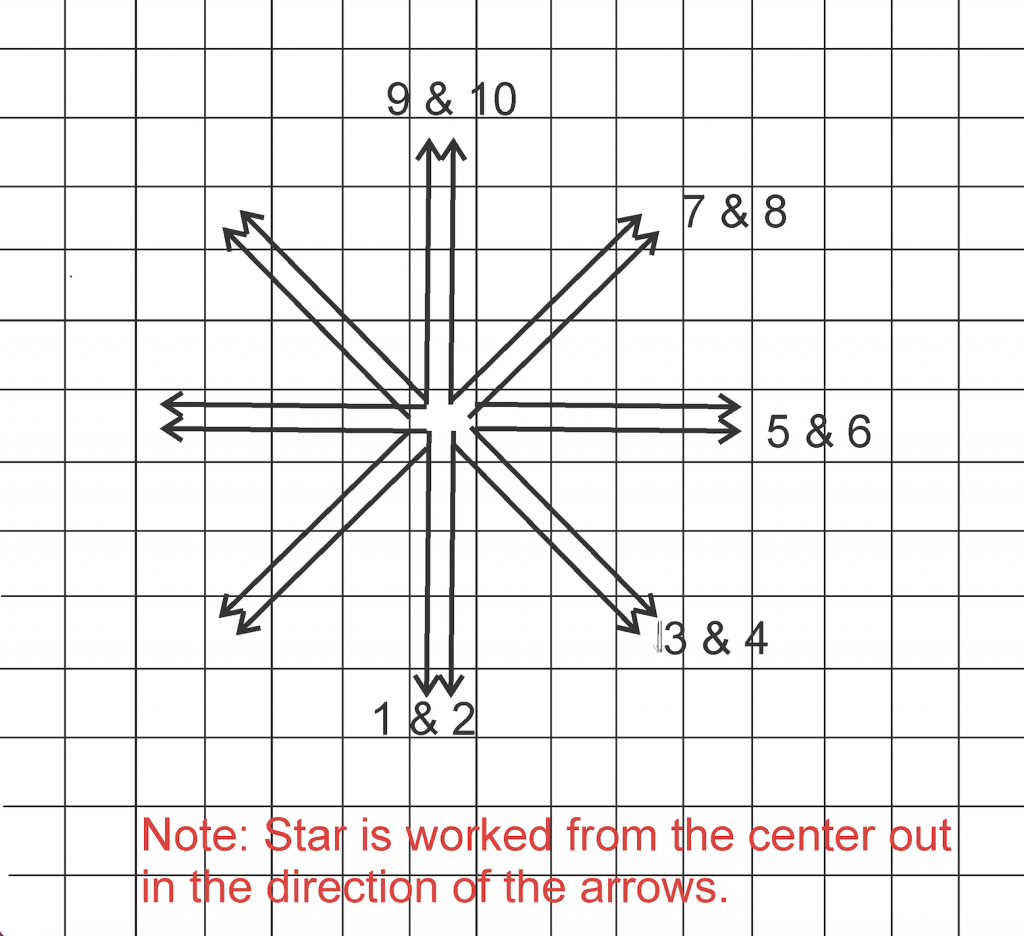
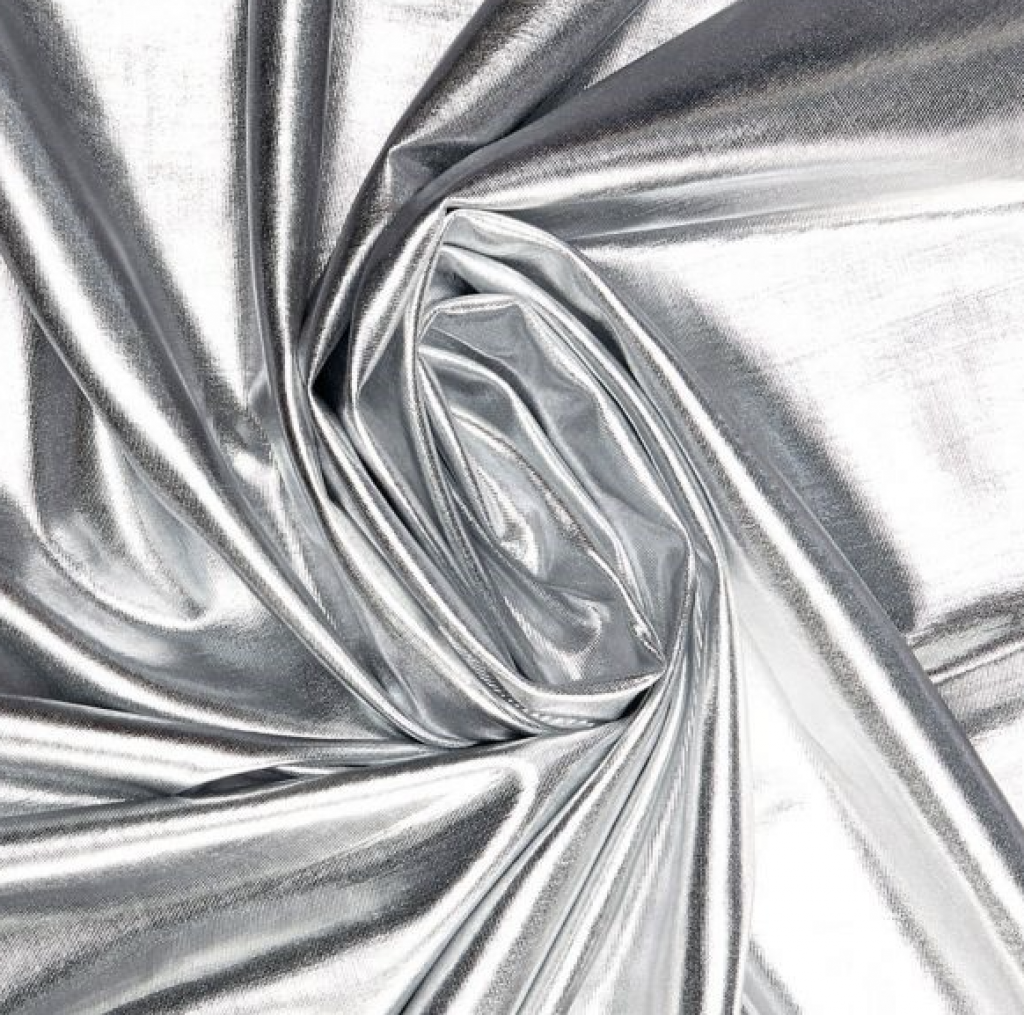
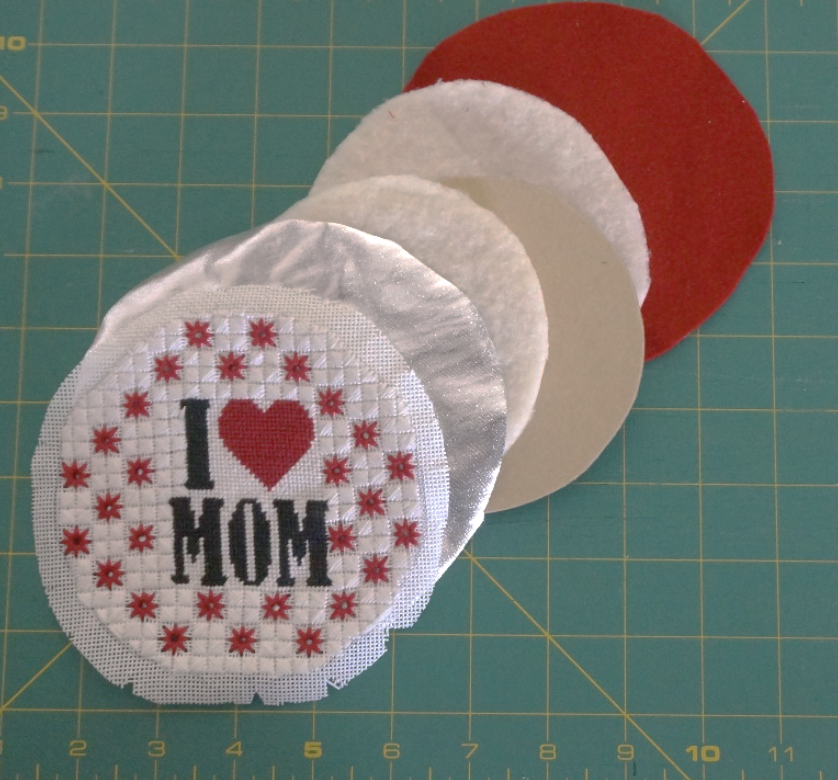
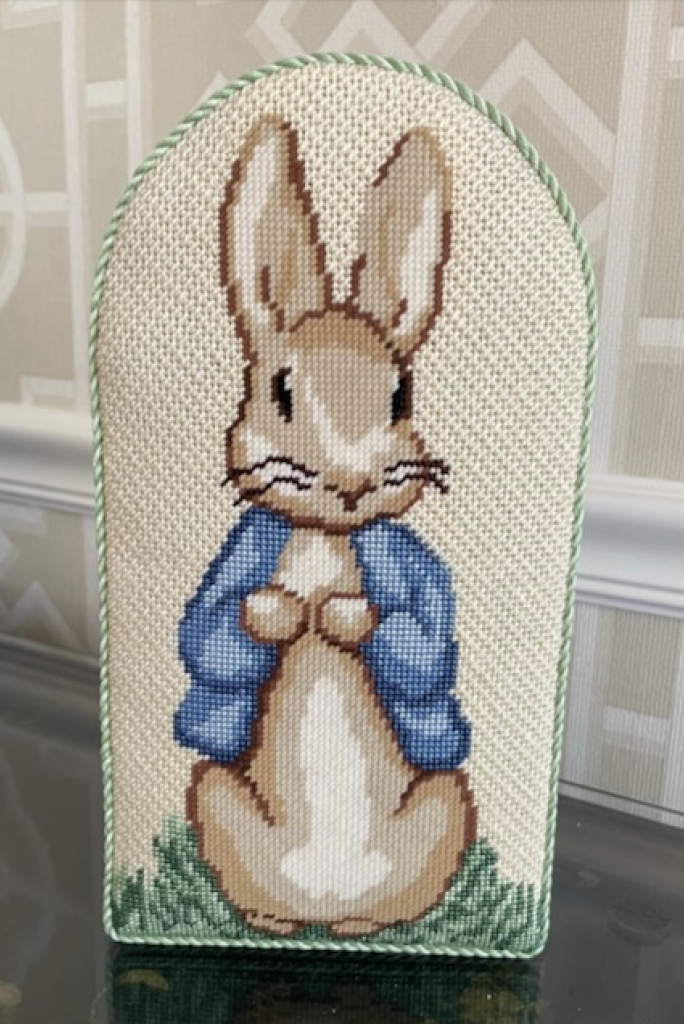
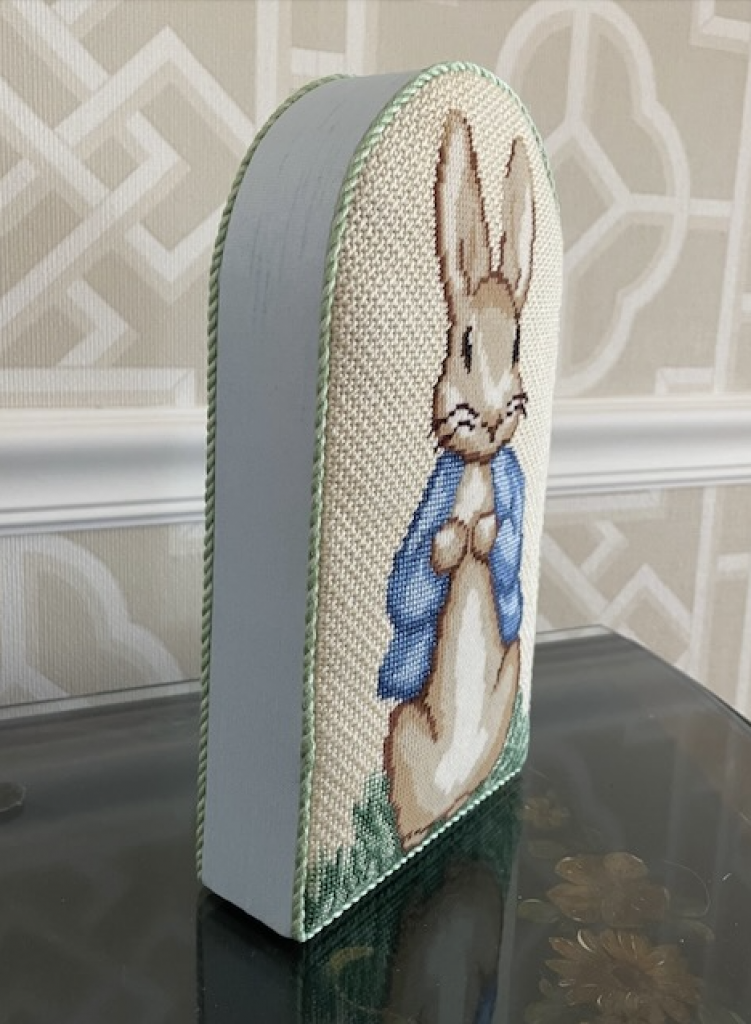
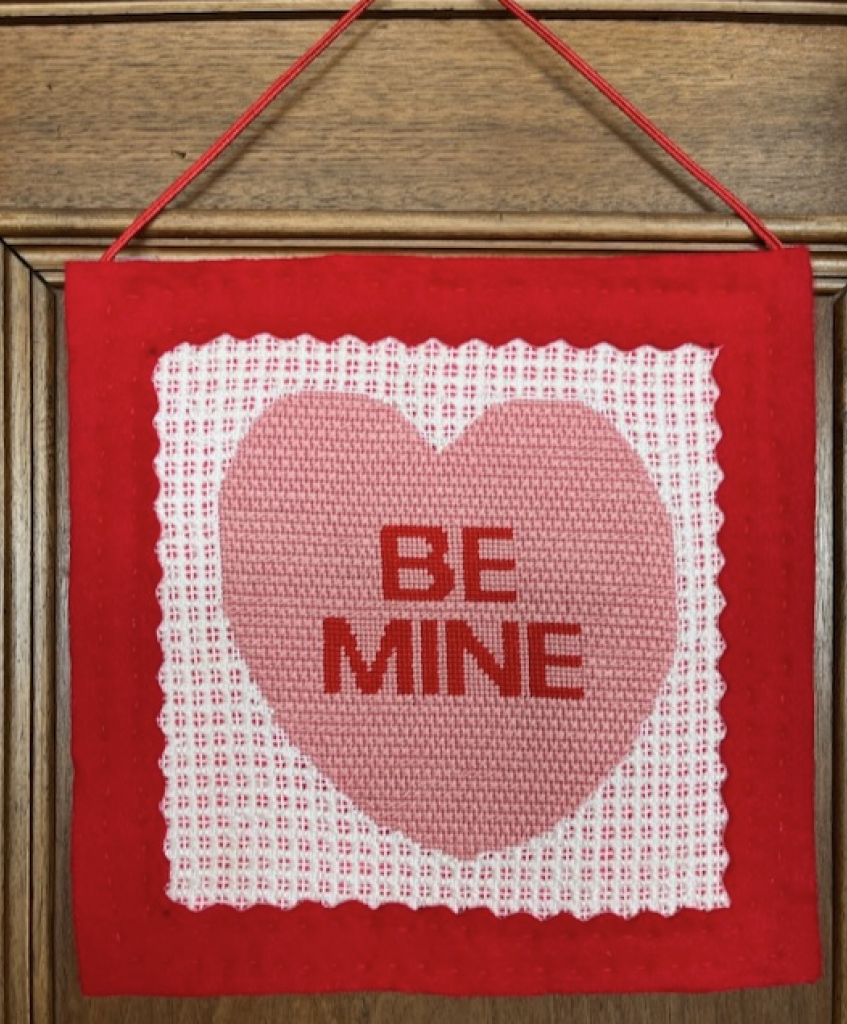
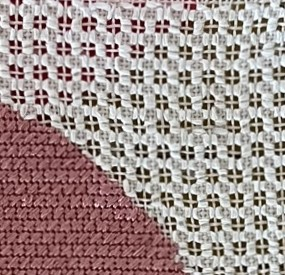
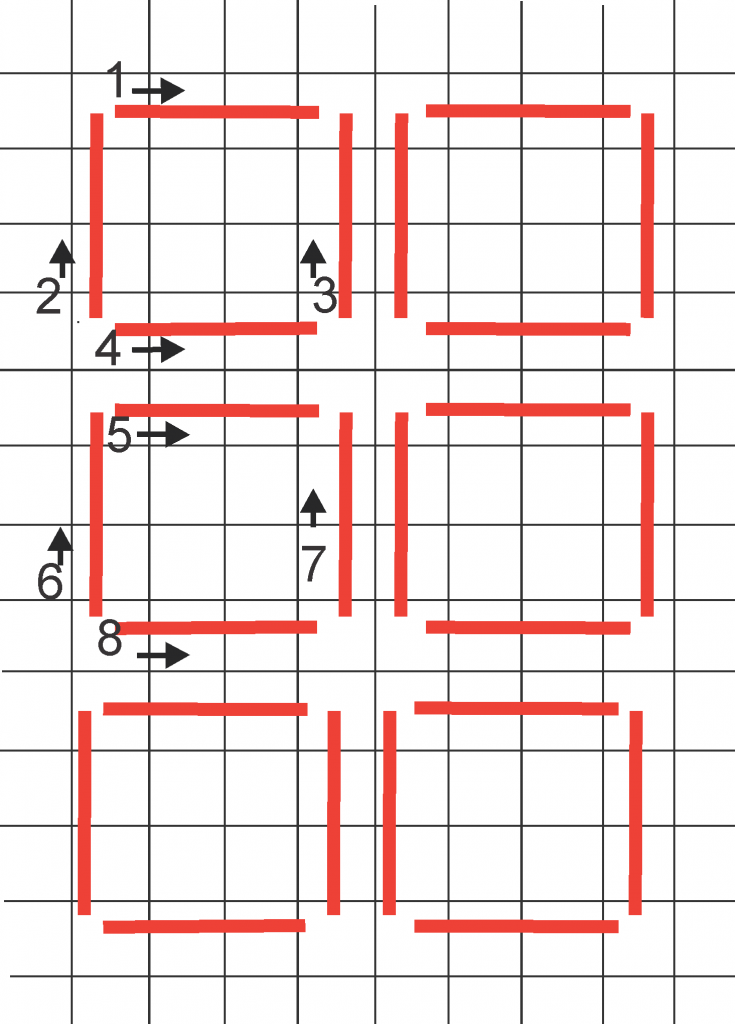
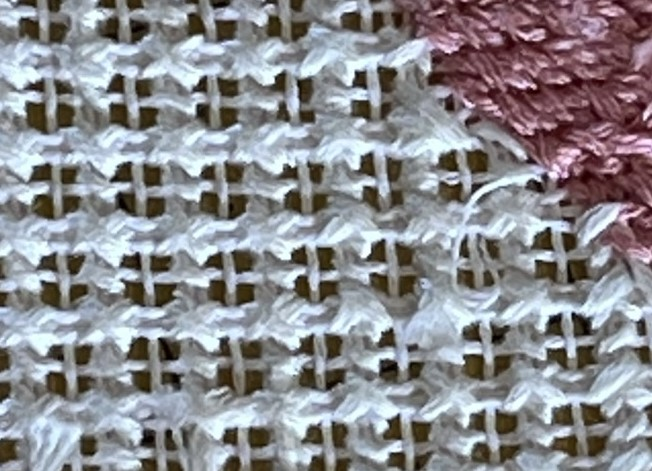
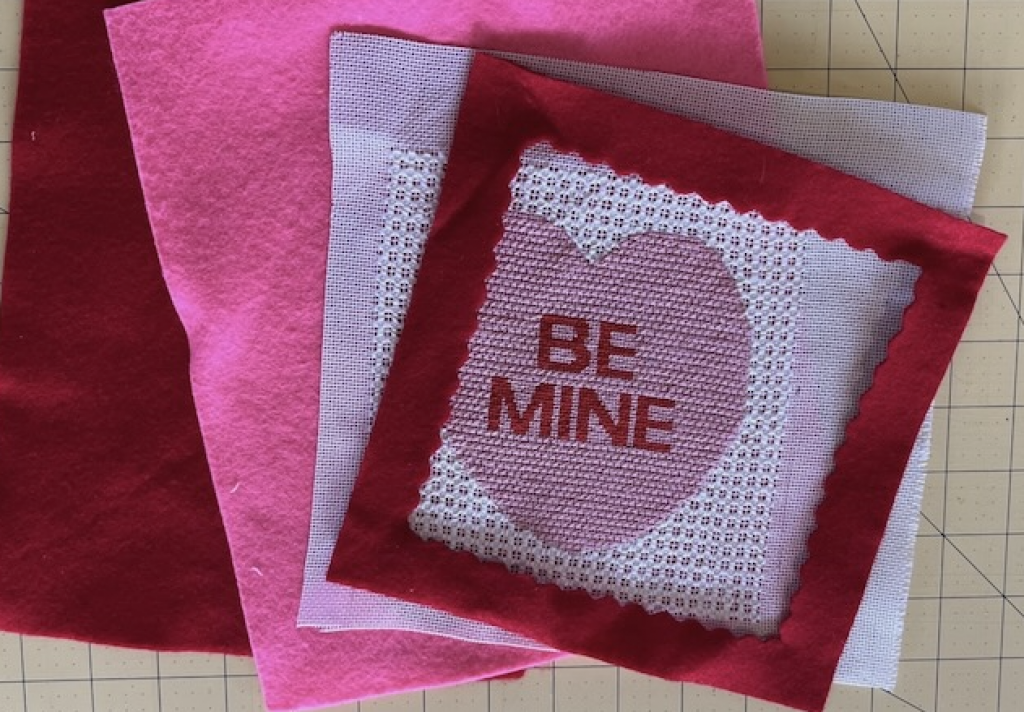
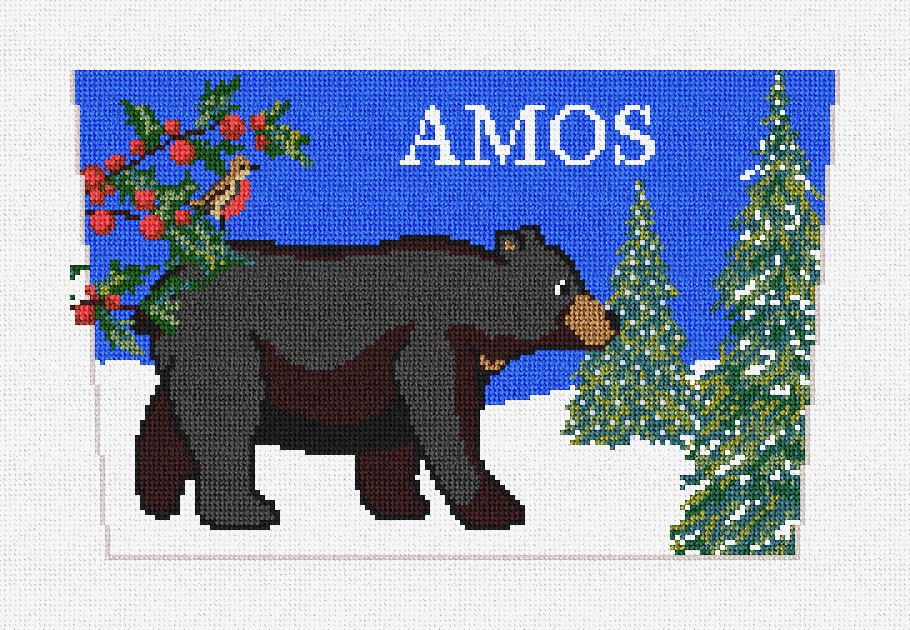
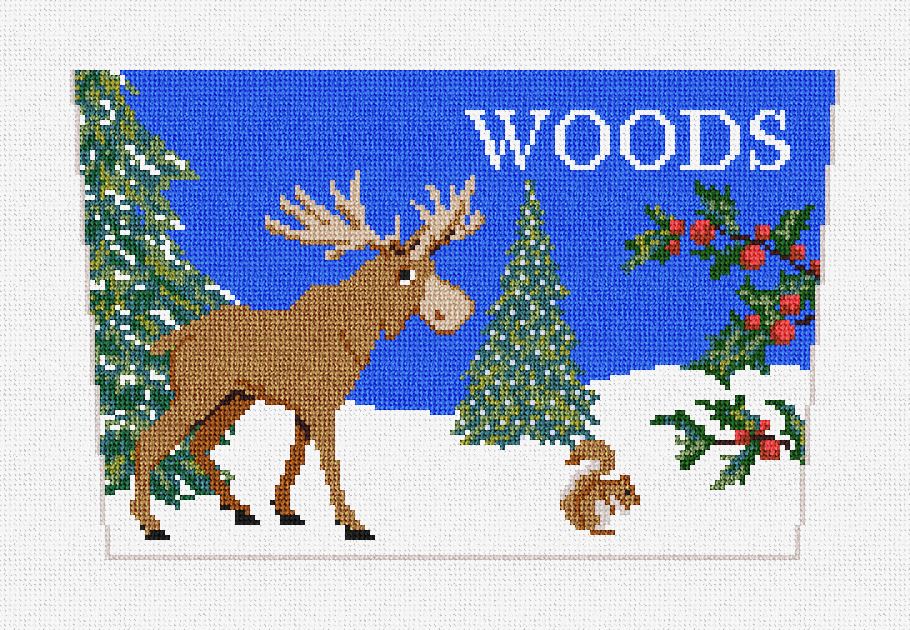
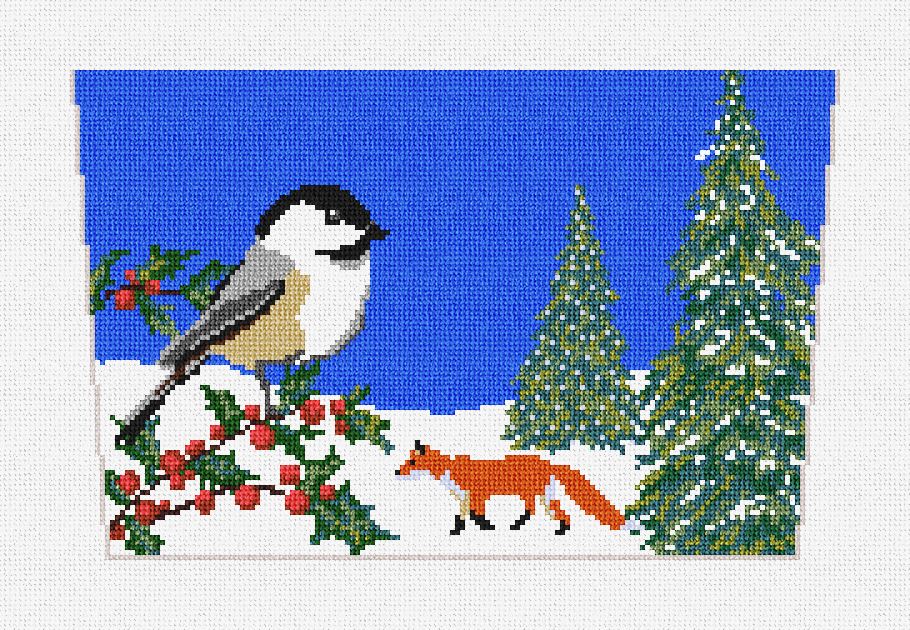
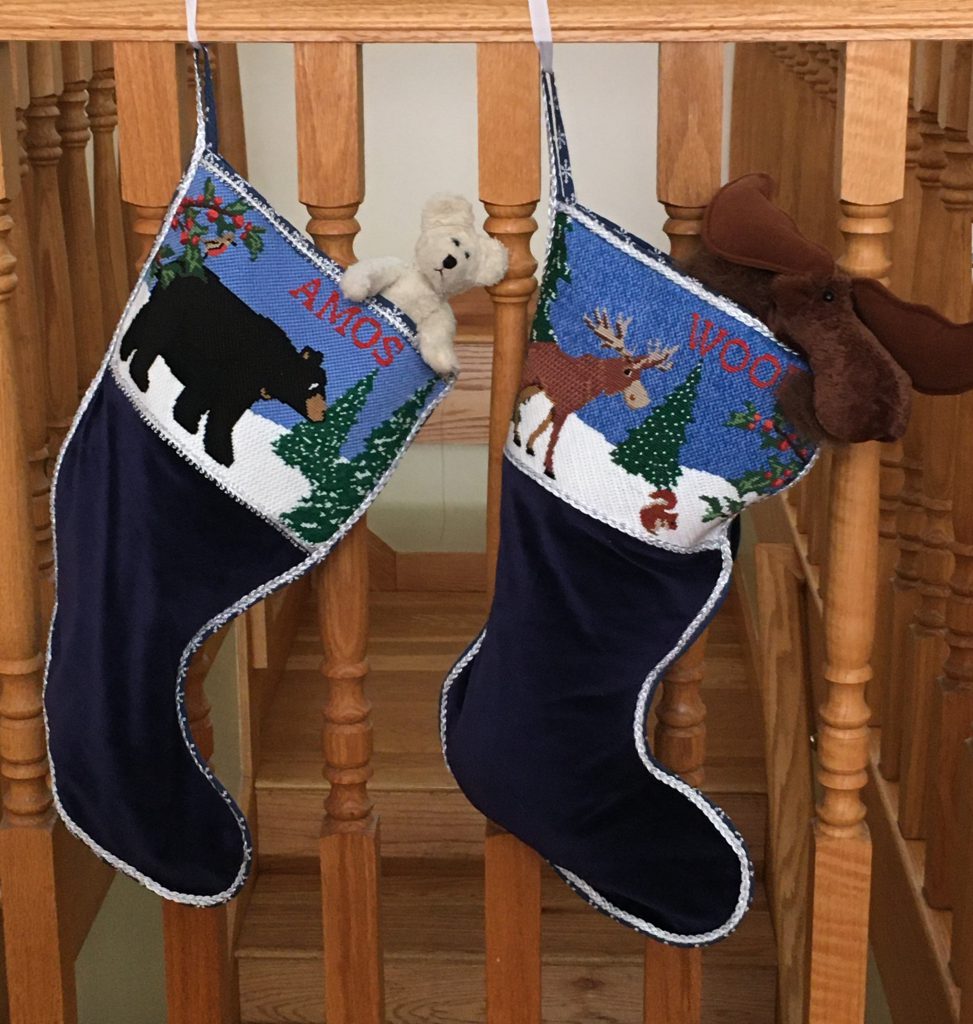
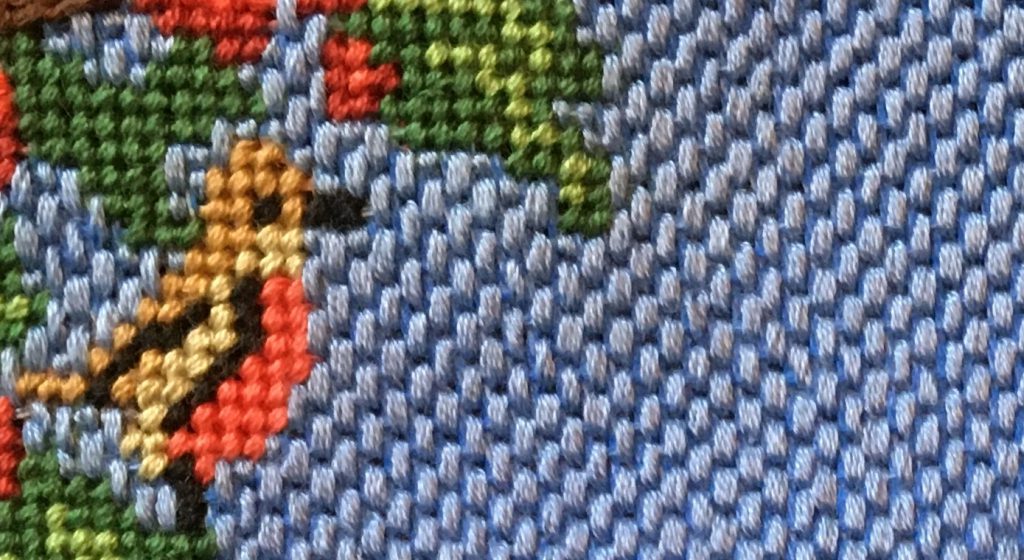
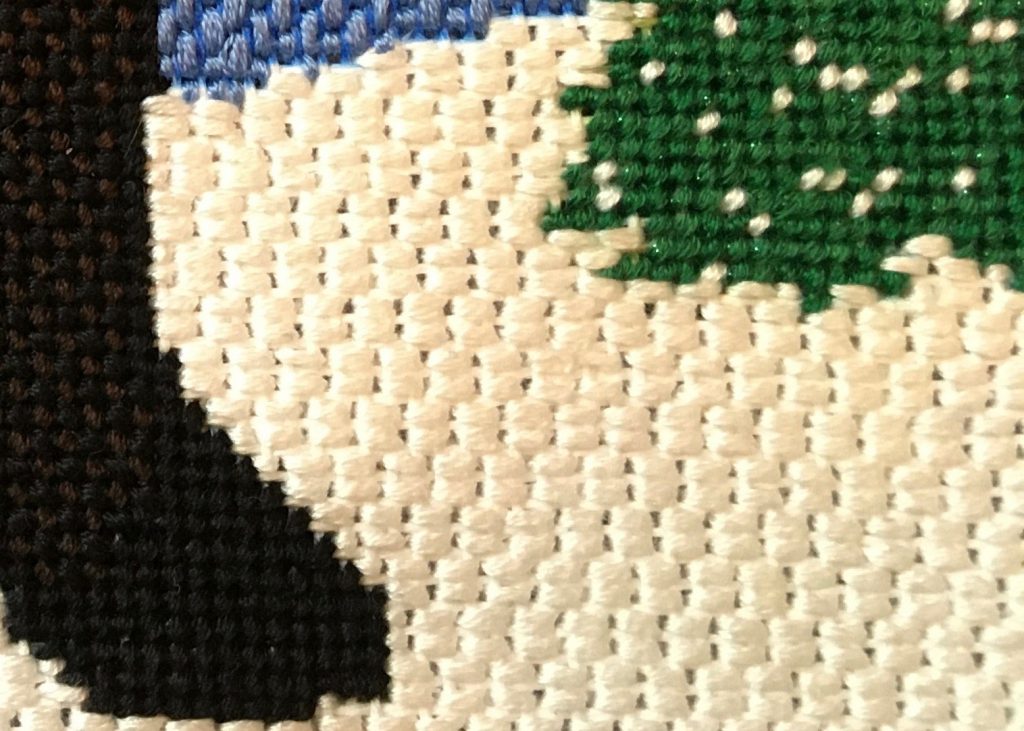
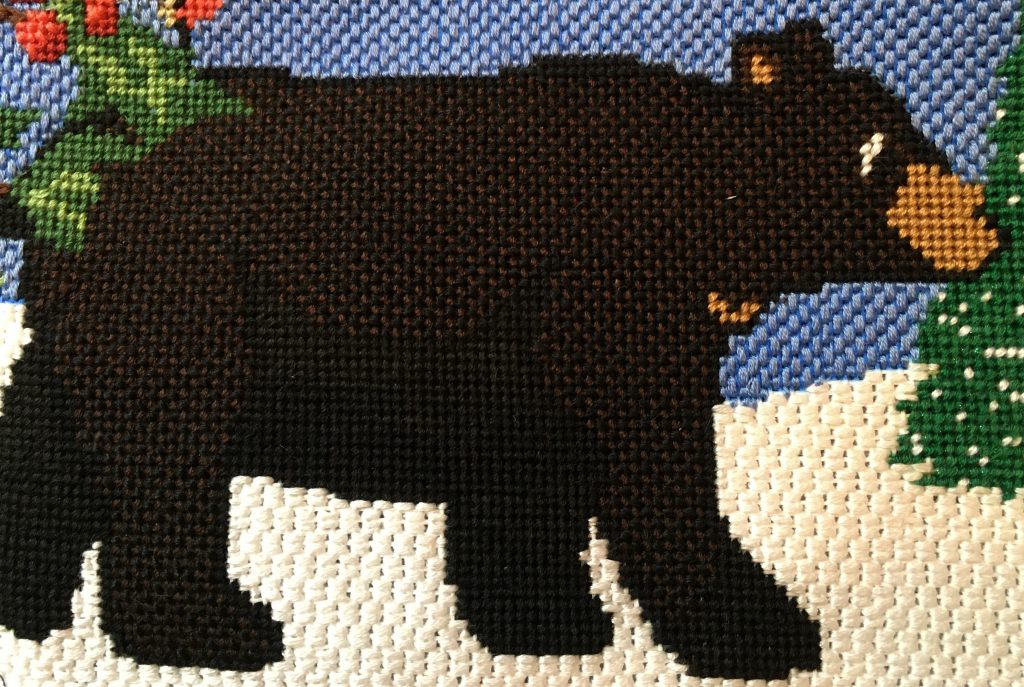
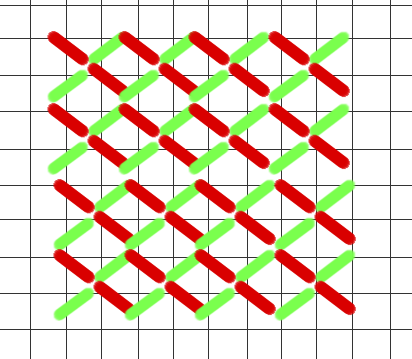
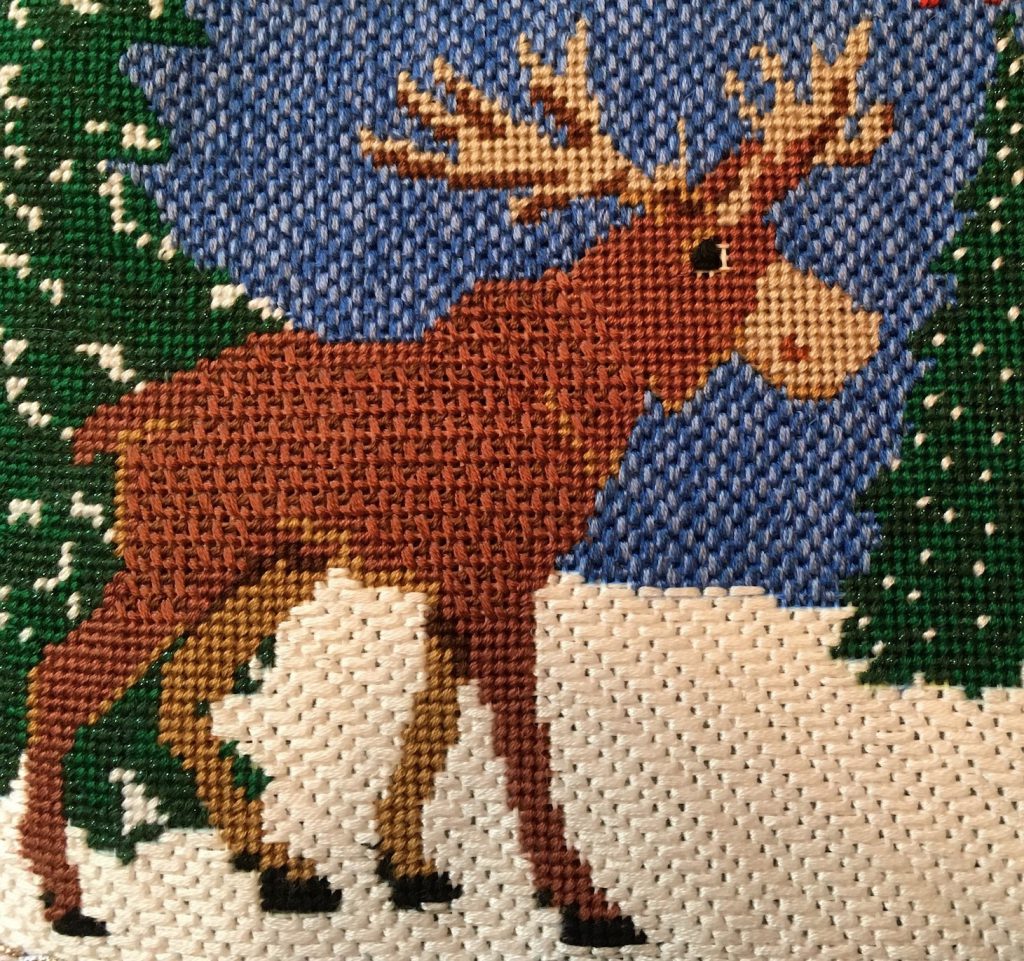
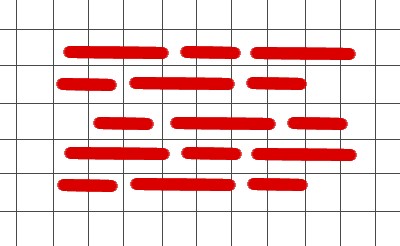








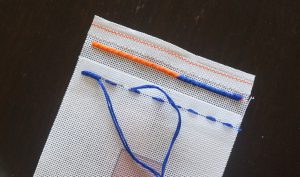
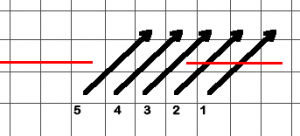
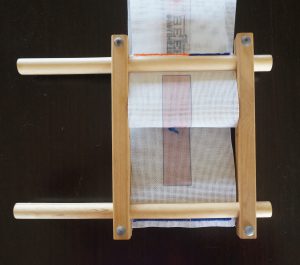
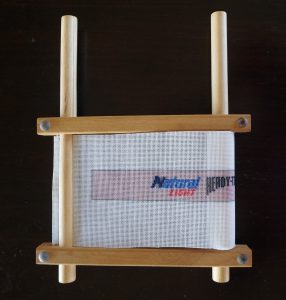
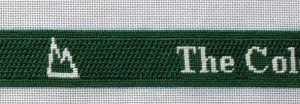


Recent Comments